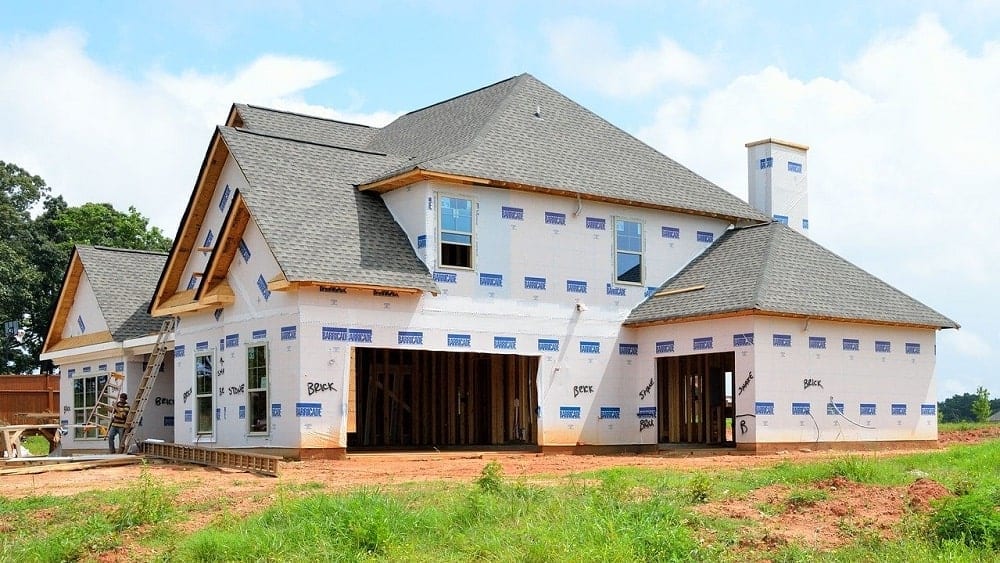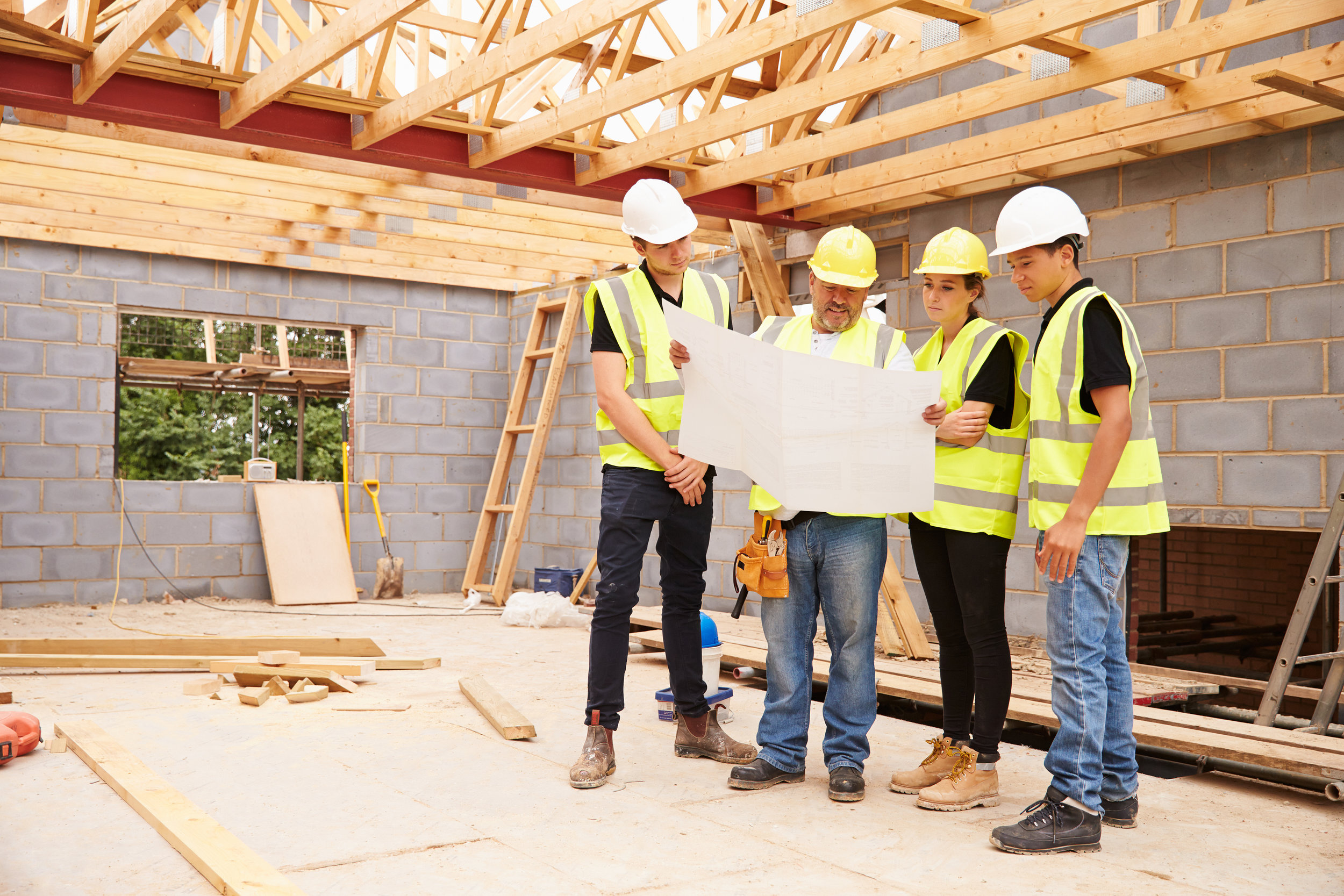How a General Professional Can Transform Your Typical Areas Into Practical Areas
The makeover of common areas right into functional spaces is a nuanced process that requires a general professional's know-how in analyzing specific community requirements and creating customized solutions. By considering elements such as design, access, and visual charm, a contractor can create environments that not only serve useful functions yet also foster community involvement. Via efficient job management and adherence to quality criteria, these improvements can dramatically improve individual experience. Yet, the ins and outs included in balancing design and capability increase essential questions about best techniques and possible difficulties that benefit further exploration.
Assessing Current Common Area Demands
When examining typical locations, it is vital to identify and recognize the details requirements of the area they serve. This procedure begins with an extensive evaluation of current usage patterns, which involves event data on foot traffic, optimal use times, and tasks occurring within these areas. Involving with neighborhood members through surveys or conferences can supply beneficial insights into their preferences and challenges.
Next, it is crucial to think about the demographic make-up of the neighborhood, consisting of age, way of life, and any special requirements that might impact how these areas are used. Households with young children may require play areas, while older grownups may prioritize access features.
Additionally, examining the existing framework and amenities is important. Recognizing locations that are underutilized or in requirement of repair can inform possible enhancements. Teaming up with stakeholders, such as home managers and neighborhood companies, guarantees that the analysis shows a detailed understanding of the area's requirements.
Eventually, a precise examination of present common area needs prepares for reliable changes, enabling for the development of rooms that promote engagement and boost the general lifestyle within the area.
Creating for Performance and Aesthetics
An extensive understanding of neighborhood requires sets the phase for reliable design that stabilizes functionality and visual appeals in usual areas. Successful design calls for a thoughtful strategy that considers both the practical usages of the space and the aesthetic charm that boosts the environment.
Functional style involves developing spaces that cater to the particular tasks and communications of the community. This may include flexible seating arrangements for events, available paths for individuals with mobility difficulties, or assigned areas for recreational tasks. Each component must offer an objective while making sure convenience of motion and comfort for users.
The option of shades, materials, and lights can considerably impact the assumption of an area. Furthermore, lining up the design with the community's cultural identity can foster a feeling of belonging and satisfaction.
Budgeting and Resource Allowance
Efficient budgeting and resource allotment are crucial elements in the effective transformation of common areas. A well-defined budget lays out the financial parameters within which the project have to run, making sure that prices are controlled and sources are successfully utilized. This begins with a thorough evaluation of job requirements, consisting of design elements, materials, and labor.

A general specialist plays an essential duty in dig this this stage, teaming up with stakeholders to establish realistic budget quotes that straighten with the intended vision. By prioritizing vital functions and exploring cost-effective choices, the service provider can maximize costs without endangering top quality.
Resource appropriation entails strategically assigning personnel, equipment, and products to various stages of the task (General Contractor Indiana). This requires mindful planning to make certain and avoid hold-ups that each element is supplied in a timely manner. In addition, regular surveillance of expenditures versus the budget assists to recognize possible overruns early, permitting prompt changes
Managing Building Refine Effectively
Handling the building and construction process successfully is important for accomplishing timely job completion and preserving budget honesty. A well-coordinated technique includes meticulous preparation, clear interaction, and effective resource administration. General specialists should establish a thorough job timeline that outlines each phase of building and construction, allowing for the recognition of possible bottlenecks and vital turning points.
Regular development conferences are critical for maintaining all stakeholders informed and lined up. These meetings facilitate the prompt resolution of problems, making read the article certain that the task remains on track. Furthermore, using task management software can improve communication, track progression, and manage documentation, decreasing the possibility of hold-ups and misconceptions.
Effective resource appropriation is additionally paramount. By guaranteeing that materials, labor, and devices are available when needed, basic contractors can stop pricey interruptions. Carrying out an aggressive technique to risk administration more boosts effectiveness, as it allows for the identification and mitigation of prospective challenges before they escalate.

Ensuring Conformity and High Quality Requirements
Compliance and quality standards are essential to the success of any type of building project, making certain that the finished spaces not just fulfill customer assumptions but also abide by regulatory needs. A general specialist plays an essential role in imposing these requirements throughout the building process.
First, it is important for the specialist to remain updated on neighborhood building ordinance, safety and security laws, and market ideal methods. This expertise enables them to guide layout options and material selections that align with compliance criteria. Normal examinations and high quality analyses throughout the building stage help to identify possible problems early, mitigating costly delays and revamp.
Furthermore, a trustworthy general specialist fosters a society of top quality amongst subcontractors and workers. This can be attained by providing training on compliance procedures and carrying out rigorous quality assurance actions. By developing clear communication channels, the professional can guarantee that everyone involved understands their duties relating to compliance and high quality.
Verdict
Finally, the duty of a basic contractor in transforming common locations into useful rooms is essential. Via a comprehensive analysis of community requirements, thoughtful layout, meticulous budgeting, and efficient job management, these professionals can develop environments that boost functionality and aesthetic charm. Adherence to compliance and high quality requirements better makes sure that renewed spaces not only fulfill the expectations of stakeholders yet also foster involvement and improve the overall experience for all individuals within the community.
The makeover of typical locations into useful spaces is a nuanced process that requires a general service provider's know-how try this site in assessing details area requirements and designing customized solutions. By taking into consideration aspects such as design, ease of access, and visual allure, a professional can create settings that not just offer practical functions yet additionally foster area involvement. General service providers need to develop an in-depth project timeline that outlines each stage of building, enabling for the recognition of essential landmarks and possible bottlenecks.

Comments on “Leading Carmel Indiana General Contractor for Home and Organization Renovations”